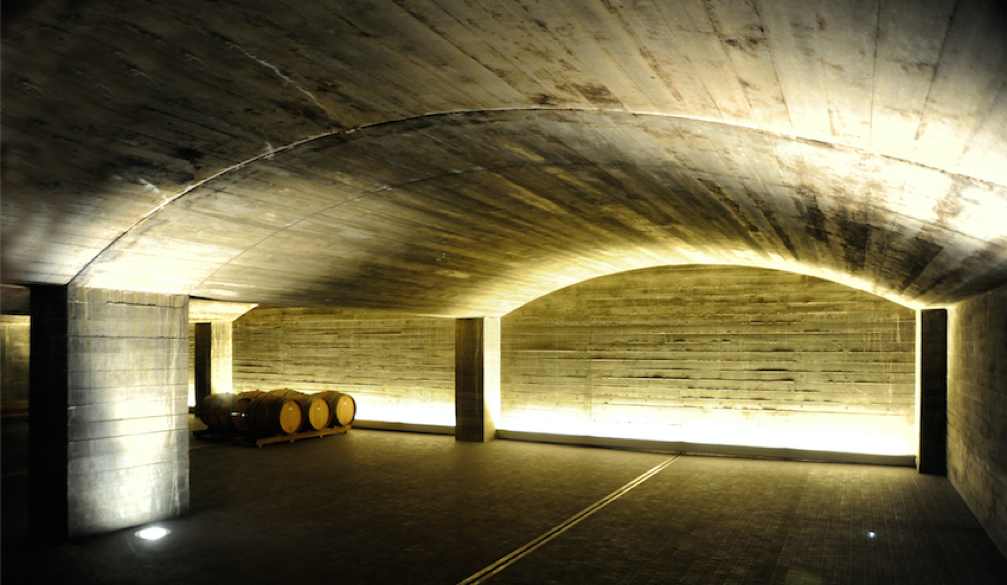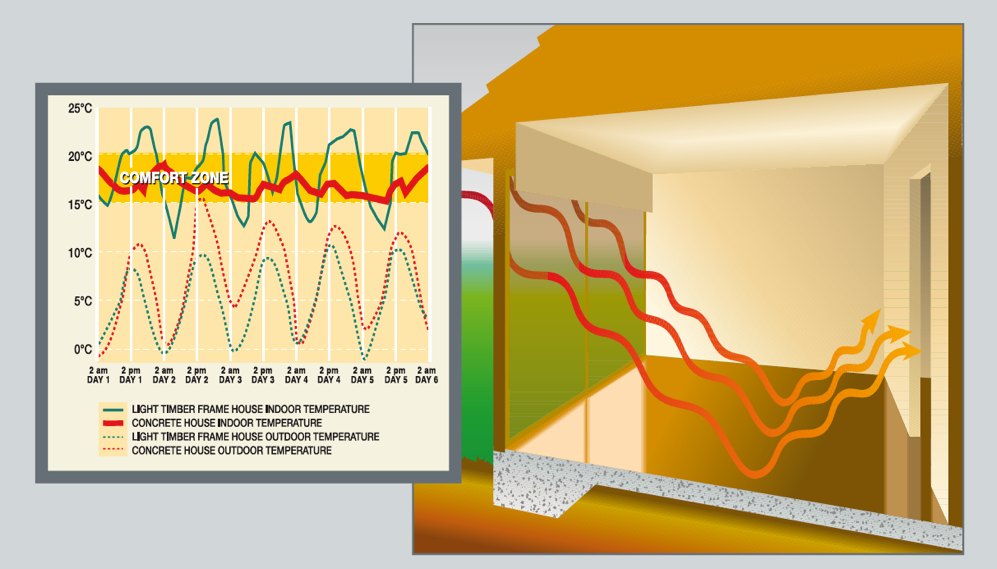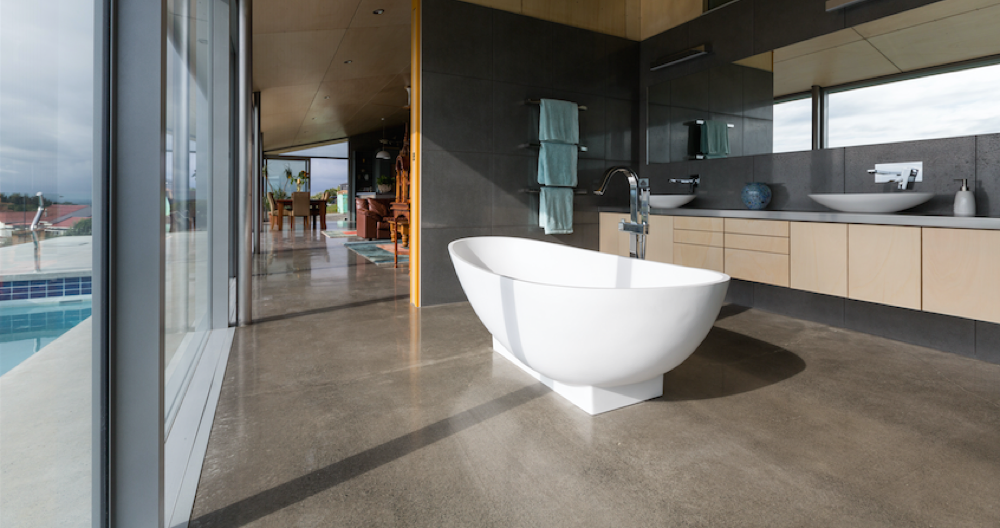
Whether building your first home or rebuilding a city, the essential starting point is laying a foundation that will stand the test of time and nature.
With concrete being the most widely used construction material on earth its benefits and contribution to society are immense. Eight out of ten homes in New Zealand have concrete foundations and it is used extensively to build our schools, hospitals, high rises, bridges, tunnels, dams, roads, runways and more.
Benefits of mass
In many developed countries concrete buildings and infrastructure comprise approximately 60% of the built environment. Produced from readily available raw materials, concrete’s strength, durability, thermal mass, *acoustic performance, **fire resistance, its CO2 absorption capabilities and its hypoallergenic benefits will ensure its contribution to a sustainable New Zealand community continues to be significant.
Durability and longevity
Concrete has the ability to resist weathering action, chemical attack and abrasion while maintaining its desired engineering properties. As a highly durable construction material, with low maintenance requirements, well designed concrete structures can be expected to exceed both their economic and their minimum service life as specified in the New Zealand Building Code, and in some cases last for centuries. Te Papa Museum in Wellington, for instance, contains approximately 80,000m3 of concrete and has a minimum life expectancy of 150 years.
Almost anything is possible…
There is something solid and reassuring about concrete but it is also a favourite with architects when they seek to create stylish, award-winning homes and buildings. Concrete is a license to get creative, allowing you to do things that just can’t be done in a standard timber-framed home. A polished concrete floor is just one of a huge number of surface finishes that can be achieved. With the use of treatments such as stains, stamps, stencils, polishing, grinding and the addition of colour pigments and custom aggregate (coloured stone, glass or shell) you are only limited by your imagination when it comes to creating an attractive concrete surface finish.
For information about Certified Concrete®, Decorative Concrete which includes Firth Elements Coloured Concrete or an Exposed Aggregate, contact us at info@firth.co.nz or 0800 FIRTH1.
|
* The World Health Organisation has said that noise is threatening to become one of the world’s greatest health issues. Masonry walls offer very effective sound and vibration control and meet code requirements of STC 55 under Clause 6 of the New Zealand Building Code. ** Firth’s 20 series solid filled Masonry walls have a fire rating of four hours which well exceeds the building code. |


